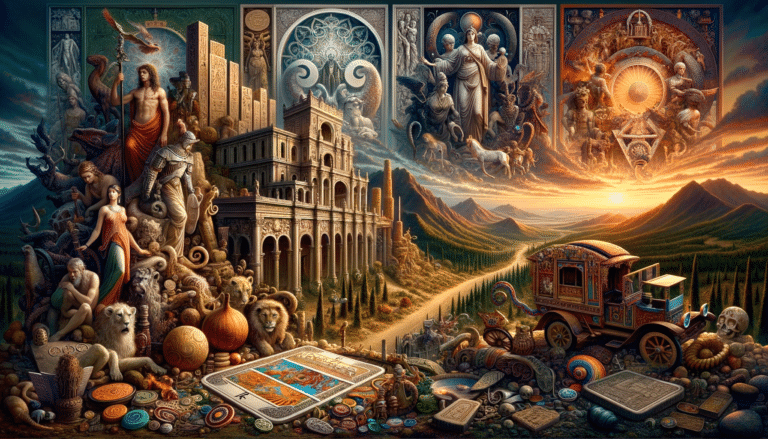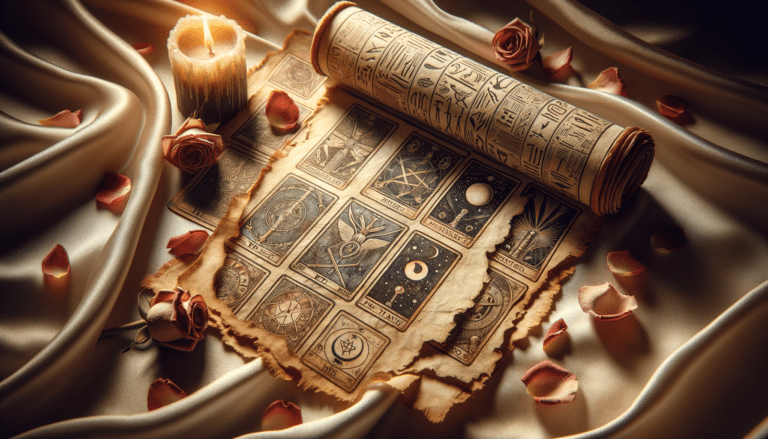Tarot Card Design Evolution History Through Time
Imagine you’re holding the Rider-Waite tarot deck, its iconic imagery rich with symbolism.
As you explore the tarot card design evolution history, you’ll uncover a fascinating journey from their origins as playing cards in 15th-century Europe to the diverse expressions of art they are today.
You’ll learn how the Renaissance period infused tarot with allegorical illustrations, and how the Marseilles tarot cemented a standard that lasted for centuries.
You’ll delve into the late 19th-century occult revival, where figures like Arthur Edward Waite and Aleister Crowley commissioned decks infused with esoteric concepts.
Your exploration will also cover the shift towards modern aesthetic diversification, allowing artists to reimagine tarot themes that resonate with contemporary seekers.
Finally, you’ll see how digital platforms have further expanded tarot’s accessibility and design innovation.
Key Takeaways
- Tarot cards have evolved from medieval iconography, reflecting cultural and spiritual symbols.
- The Marseilles Tarot set a benchmark for tarot imagery, standardizing the deck and solidifying meanings within tarot reading.
- The occult revival, influenced by figures like Aleister Crowley and the Golden Dawn, brought esoteric symbolism and astrological correspondences into tarot designs.
- Modern tarot decks integrate symbols from various cultures, strive for inclusive imagery, and offer layers of meaning for a richer tarot reading experience.
Origins of Tarot Imagery
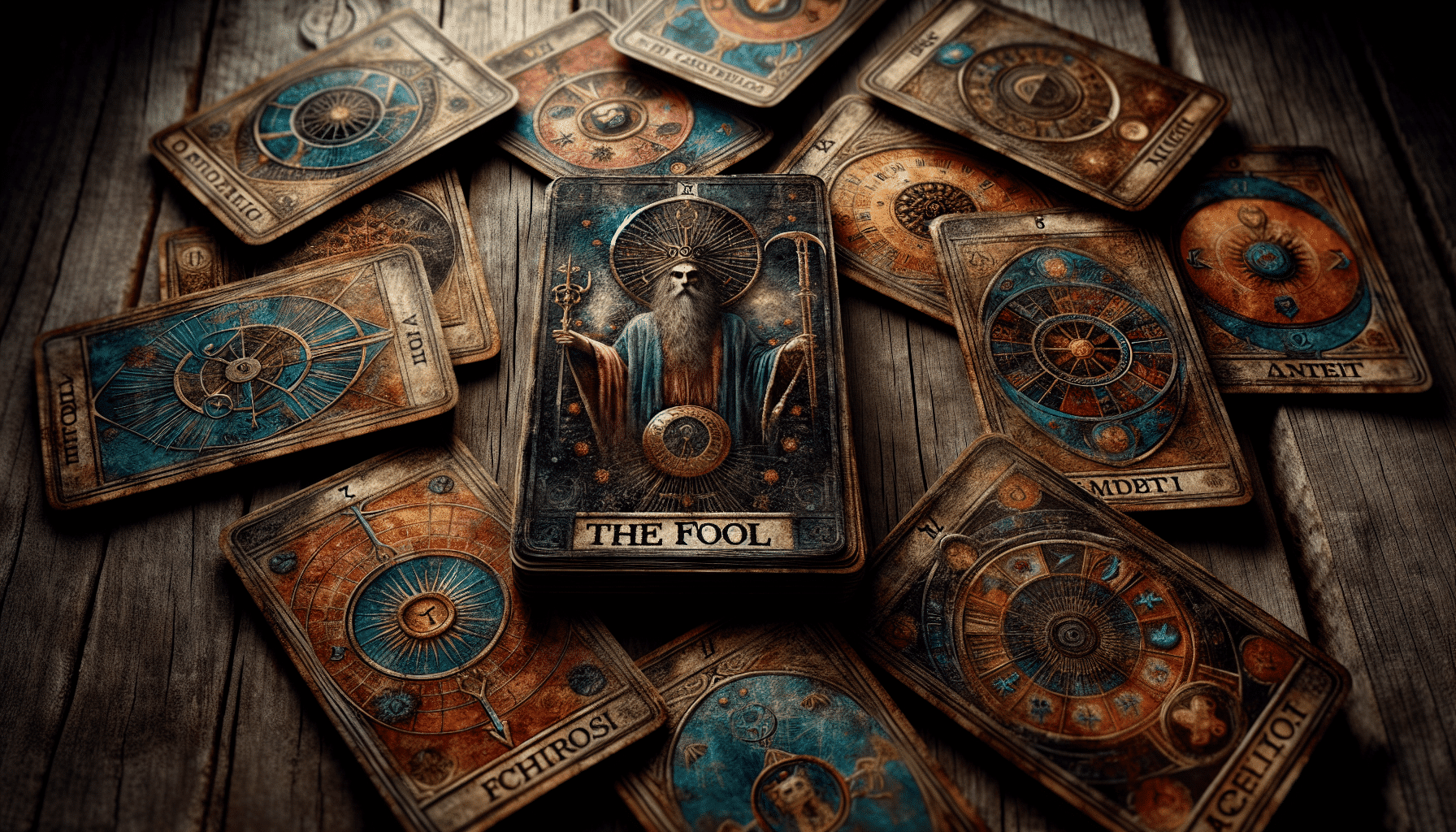
You’ll find that each tarot card’s imagery has roots in medieval iconography, reflecting a myriad of cultural and spiritual symbols. These images aren’t just random; they’re steeped in Medieval origins, capturing the essence of a time when mysticism and daily life were intertwined.
As you dive into the world of tarot, you’ll notice pagan symbolism elegantly woven throughout the deck. This reflects the period’s syncretic nature, where pagan beliefs were often amalgamated with emerging Christian narratives.
The Major Arcana, for instance, includes cards like The High Priestess and The Hierophant, which directly tap into pre-Christian spirituality and the wisdom of ancient traditions. Conversely, other cards draw from the chivalric and feudal structures of the time, grounding their meanings in the social hierarchy and roles of Medieval society.
Understanding this historical context enriches your interpretation of the cards. You’re not just looking at pretty pictures; you’re engaging with a visual language that has been shaped by centuries of human experience.
Renaissance Influences
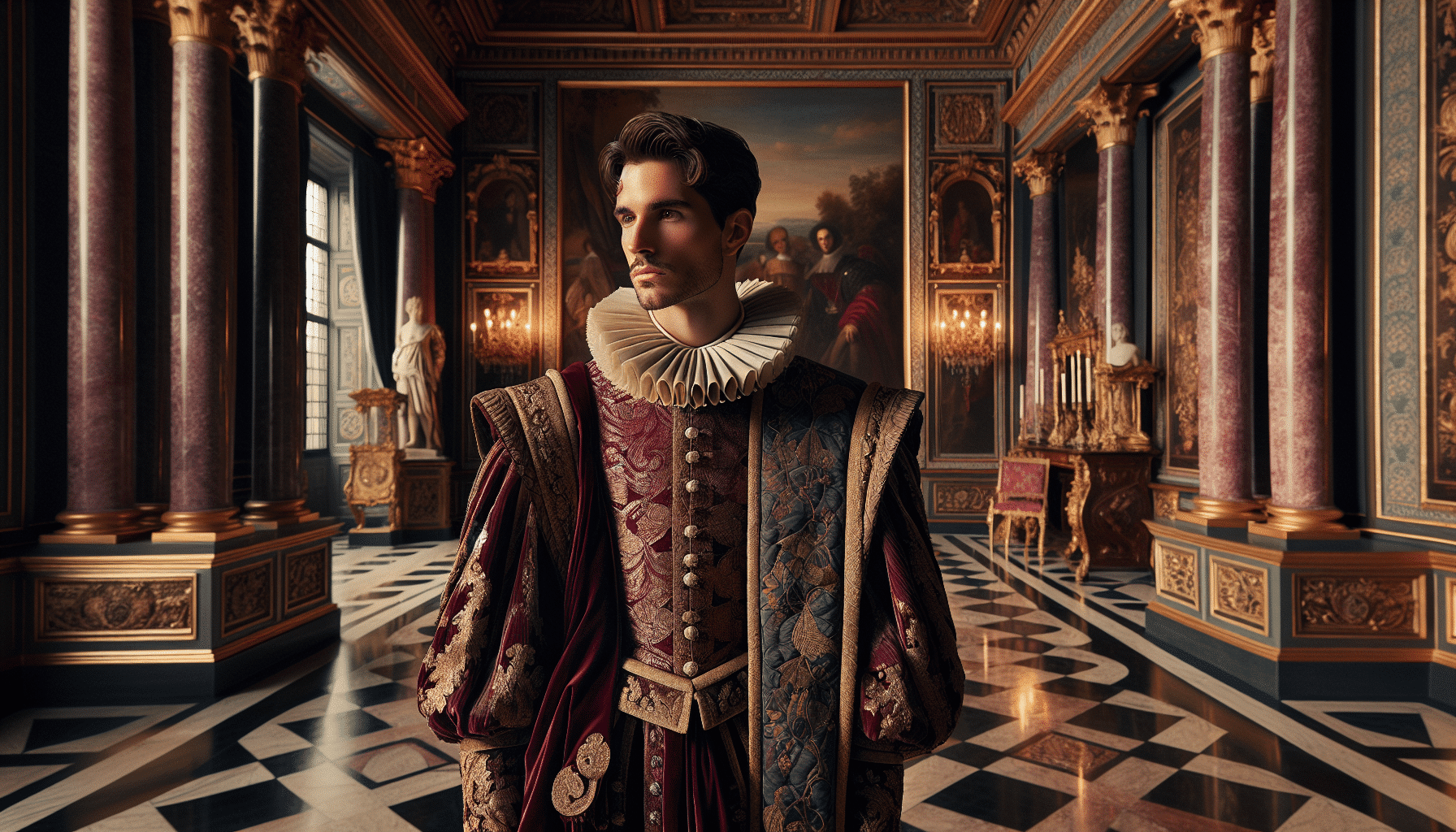
As you explore the Renaissance’s impact on tarot card designs, you’ll discover a shift towards more humanistic and naturalistic imagery, reflecting the era’s artistic revolutions. The rigid and symbolic Medieval iconography that dominated earlier tarot decks began to give way to a more lifelike and emotionally resonant approach.
It was a time when art itself was transforming, inspired by a rediscovery of classical philosophy and aesthetics.
Italian frescoes, with their rich expressions of human figures and detailed landscapes, influenced tarot artists to adopt a similar style. You’ll notice that the characters on the cards started to exhibit more realistic proportions and postures. Backgrounds became elaborate, telling a story of their own and providing context to the divinatory meanings of the cards.
This change in design didn’t just make the cards more visually appealing – it also made them more accessible. The Renaissance enthusiasm for exploring the human condition and the natural world translated into tarot imagery that was easier for people to relate to. The cards weren’t just mystical symbols anymore; they became mirrors of everyday life and emotion, deepening the connection between the reader and the reading.
Check out our Tarot Decks & Oracle Cards here…
Marseilles Tarot Standardization

Moving on from the Renaissance, you encounter the Marseilles Tarot, which set a benchmark for tarot imagery through its standardization in the 17th and 18th centuries. This era was pivotal as it crystallized certain designs, aligning the chaotic multitude of earlier cards into a coherent system. The Marseilles Tarot wasn’t just a single deck; it represented a school of design that many cardmakers followed, creating a visual language that has endured for centuries.
During this period, you’d notice the cardinal iconography taking center stage. The characters and symbols on the cards became more consistent, which helped in solidifying their meanings within the practice of tarot reading. This was essential because it meant that the imagery was recognizable, allowing for a shared understanding across different practitioners and users.
Despite the push for consistency, regional variants still thrived, offering a glimpse into the local flavors of tarot traditions. Each region imprinted its own nuances onto the Marseilles archetype, contributing to the rich tapestry of tarot’s history. Yet, through these variations, the core elements remained, ensuring the Marseilles Tarot’s place as a cornerstone in the evolution of tarot card designs.
Learn more with these best tarot books here…
Occult Revival Redesigns
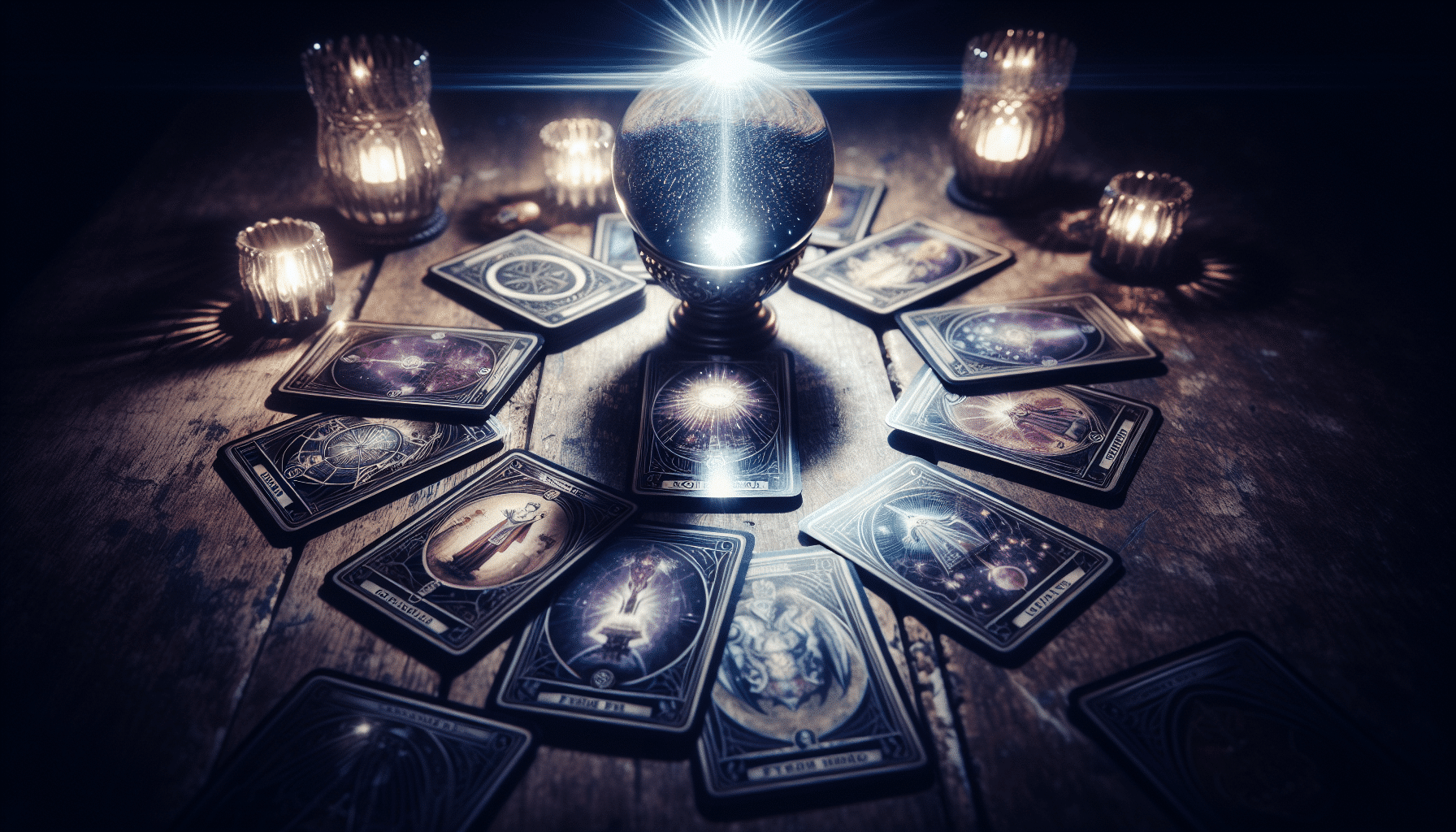
As you explore the Occult Revival period, you’ll encounter Aleister Crowley’s profound impact on tarot imagery. His collaboration with Lady Frieda Harris gave birth to the Thoth deck, intertwining Golden Dawn teachings with rich, esoteric symbols.
This era also witnessed a surge in modern symbolism, forever altering tarot’s visual and interpretive landscape.
Aleister Crowley’s Influence
You’ll notice that Aleister Crowley’s foray into tarot was a significant turning point in the deck’s design history, marked by the creation of the Thoth deck during the early 20th-century occult revival.
Crowley’s Thoth deck is rich with Thelemic Magick symbolism, offering a profound complexity that was unparalleled at the time.
To better appreciate Crowley’s impact, consider these points:
-
Integration of Thelema: The Thoth deck incorporates the philosophy of Thelema, mirroring Crowley’s belief in personal spiritual evolution.
-
Astrological Correspondences: Each card is linked with astrological elements, increasing the interpretative layers.
-
Artistic Collaboration: Lady Frieda Harris collaborated with Crowley, her paintings for the deck blending art deco influences with esoteric concepts.
Golden Dawn Contributions
How did the mystical order of the Golden Dawn further reshape tarot card designs during the occult revival? They infused the cards with esoteric symbolism, aligning them with Kabbalistic concepts, astrological associations, and elemental correspondences. This wasn’t just art; it was a ritualistic usage of imagery to unlock deeper metaphysical insights.
Feel the layers of meaning in the table below, where each card becomes a gateway to a hidden realm, beckoning you to step beyond the mundane:
| The Fool | Air | Infinite Potential |
|---|---|---|
| The Magician | Mercury | Manifestation |
| The High Priestess | Moon | Intuitive Wisdom |
| The Lovers | Gemini | Harmonious Choices |
As you gaze upon these redesigned cards, you’re not just seeing pictures; you’re witnessing a profound transformation where each card is a key to the vast unknown.
Modern Symbolism Integration
Building on the Golden Dawn’s legacy, modern tarot decks further integrate a tapestry of symbols that reflect our contemporary quest for meaning. Symbolic integration within these decks isn’t just a nod to tradition; it’s an active conversation with the archetypal representations that resonate today.
The images are complex, weaving together historical, spiritual, and psychological threads.
Here’s how you’ll see this integration in today’s decks:
-
Diverse Mythologies: Creators blend symbols from various cultures, connecting the cards to a global narrative.
-
Psychological Depth: The archetypes tap into the collective unconscious, thanks to inspirations from Jungian psychology.
-
Inclusive Imagery: Modern decks strive for representation, reflecting the multiplicity of human experience in the archetypal imagery.
These layers of meaning offer you a richer, more personal tarot reading experience.
Learn even more secrets of tarot history here…
Modern Aesthetic Diversification

As you explore tarot’s modern era, you’ll notice a striking variety of artistic interpretations. Cultures around the world have left their mark on tarot designs, broadening the deck’s visual and symbolic vocabulary.
Meanwhile, digital tools have revolutionized the way artists create and share these evocative images.
Contemporary Artistic Interpretations
You’ll find that numerous modern artists have embraced tarot’s rich symbolism, infusing the cards with diverse aesthetic styles and cultural motifs. Taking artistic license, they reinterpret the traditional images through the lens of contemporary life and pop culture, offering a fresh perspective on ancient archetypes.
Here are three ways you can appreciate these modern tarot interpretations:
-
Explore Variations: Look at how different artists incorporate current themes and aesthetics.
-
Cultural Motifs: Notice the inclusion of symbols from various cultures, adding layers of meaning.
-
Pop Culture References: Enjoy spotting familiar elements from movies, music, and literature that make the cards relatable and fun.
This fresh take on tarot cards not only revitalizes a historical tradition but also connects it to the ever-evolving tapestry of modern society.
Cultural Influence Expansion
In recent years, you’ve witnessed a dramatic expansion in the cultural influences shaping tarot card designs, reflecting an ever-broadening spectrum of aesthetic diversity. This growth is deeply rooted in cardomancy origins and has been propelled by the geographical spread of the practice. Tarot cards now feature a mosaic of styles, ranging from traditional to contemporary, each borrowing from different cultures and artistic movements.
Here’s a compact overview of how these influences have expanded:
| Influence Source | Impact on Tarot Design |
|---|---|
| Historical Art | Revival of classic themes |
| Global Cultures | Inclusion of diverse symbols |
| Contemporary Art | Innovative and eclectic aesthetics |
You’re seeing tarot as a global language, enriched by the world’s artistic heritage, yet constantly evolving with modern creativity.
Digital Design Influence on the Evolution of Tarot Card Design
Explore how digital technology has revolutionized tarot card designs, introducing a new era of aesthetic diversification and creative possibility. With graphic software at your fingertips, you can craft visuals that were once impossible without extensive resources. Online platforms serve as a stage for showcasing an array of modern tarot art, connecting creators and enthusiasts across the globe.
Here’s why you’ll love this digital transformation:
-
Unlimited Creative Freedom: Graphic software unlocks a spectrum of styles, from the ethereal to the hyper-realistic.
-
Global Collaboration: Online platforms facilitate the sharing and merging of cultural aesthetics, birthing hybrid designs.
-
Accessible Learning Resources: Tutorials and digital tools are readily available, making the art of tarot design more inclusive than ever.
Digital Age Adaptations
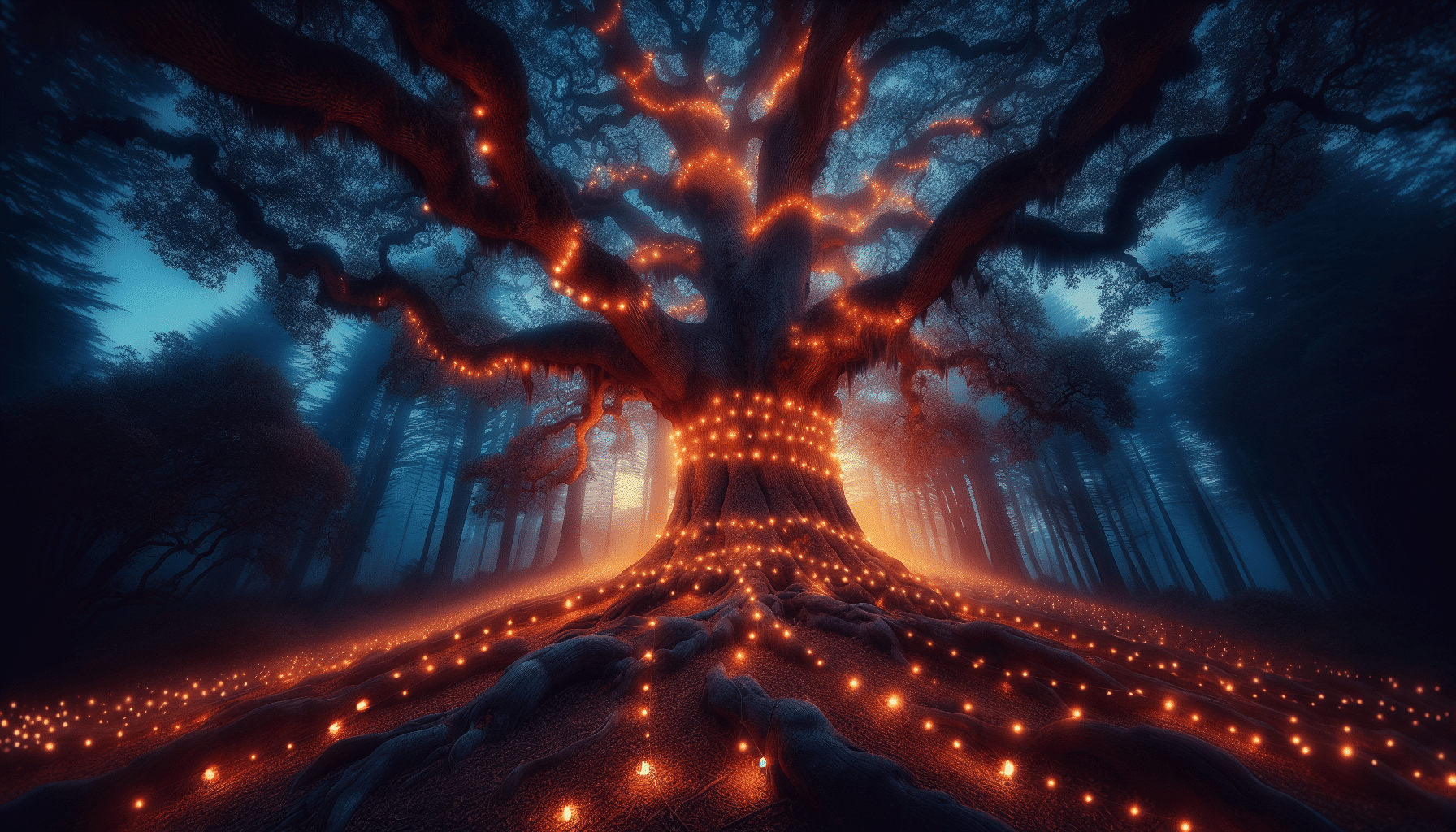
As the digital era unfolds, you’ve witnessed a multitude of tarot card designs migrating to online platforms and mobile apps. This transition has allowed for online tarot readings to become more accessible than ever.
With the touch of a screen, you can delve into the world of virtual card decks, which feature the same intricate artwork and symbolism as their physical counterparts but offer the convenience of portability and easy storage.
These digital decks cater to your modern lifestyle, where immediate insight is valued and time is of the essence. You no longer need to carry a physical deck; instead, you can consult the tarot from anywhere, whether you’re on a busy commute or taking a quiet moment at home. The virtual cards are shuffled with a simple swipe, and the spread materializes with crisp imagery and vibrant colors on your device’s display.
Moreover, the digital age has introduced interactive features that enhance your tarot experience. You can now access detailed interpretations, save readings for reflection, and even share your spreads on social media. This adaptation hasn’t only preserved the tradition of tarot but has revitalized its relevance for a new generation of seekers.
Conclusion
So you’ve shuffled through the arcane alleyways of tarot’s past, from Renaissance bling to Marseilles’ strict dress code.
You’ve seen occultists slap on a fresh coat of esoteric paint and watched as modern artists threw the rulebook into the mystical bonfire.
Now, as digital pixels align your fate, remember: whether the cards predict prosperity or doom, it’s all in the draw – and let’s face it, you’re just here for the pretty pictures.

About The Author – Allen Hill
Allen Hill, the force behind Unknown Truth Tarot, has a YouTube following 6-times bigger than the population of his hometown, Miamisburg, Ohio. From his spiritually rich blog on Tarot and crystals to his role as CEO of The Unknown Truth Tarot Metaphysical Shop, Allen’s passion for the metaphysical shines through.
A master Tarot reader and “crystal junkie,” Allen is also a devoted dad to Dylan, 10, and Destiny, 24. When he’s not immersed in the world of Tarot and crystals, he enjoys poker and video gaming sessions, often humorously outplayed by Dylan.
Follow Allen on Twitter, Instagram, Facebook, TikTok, and subscribe to his Unknown Truth Tarot YouTube channel to join him on a journey of spiritual growth and self-discovery.

